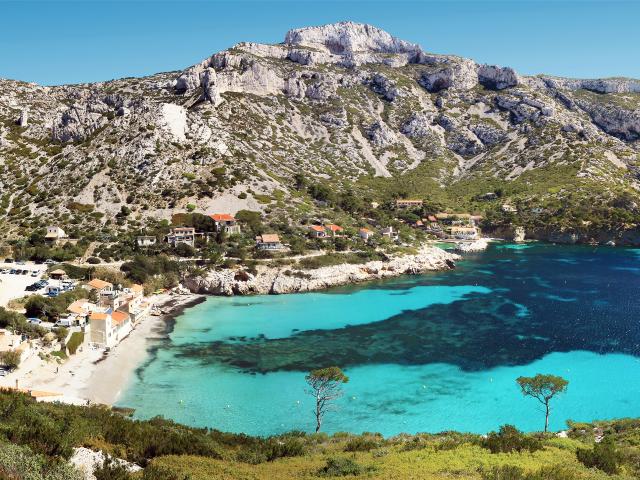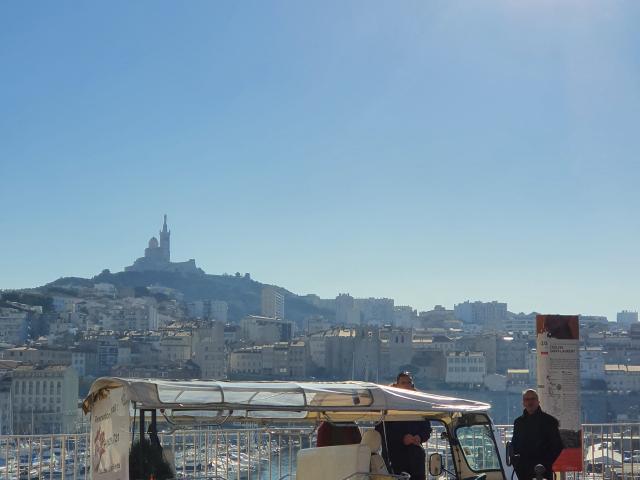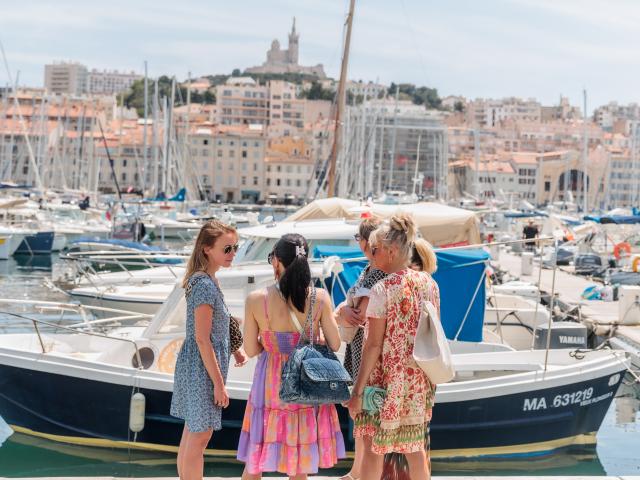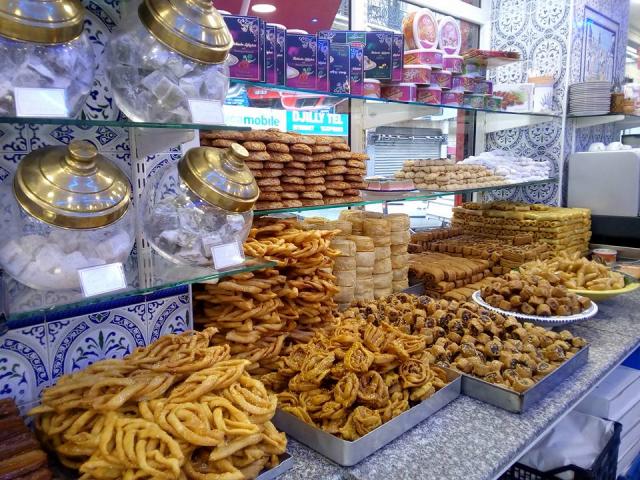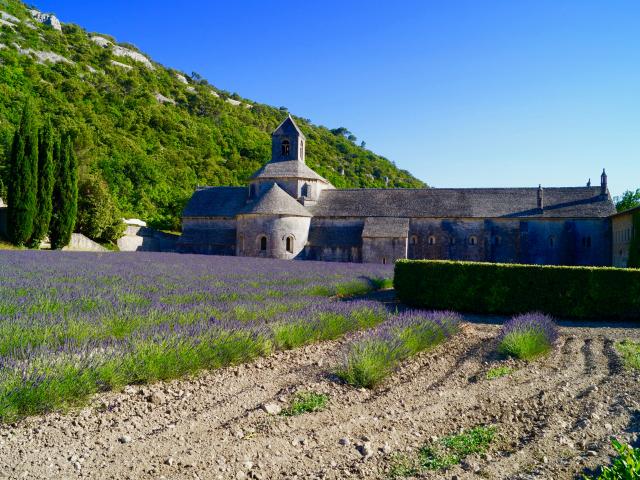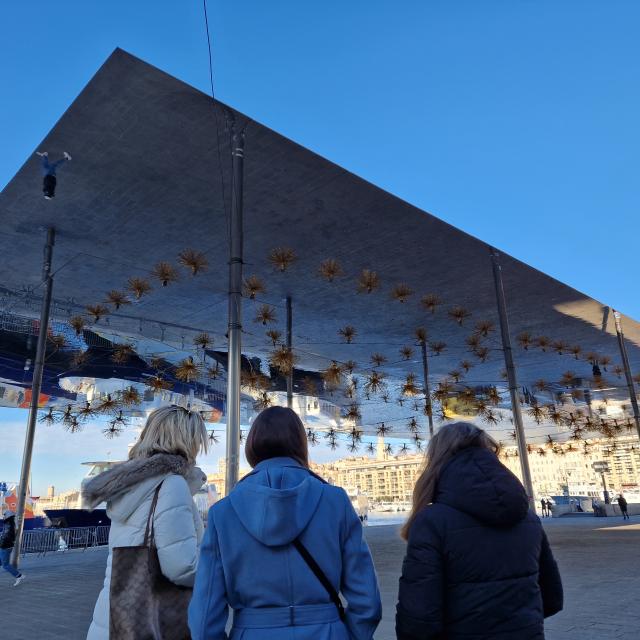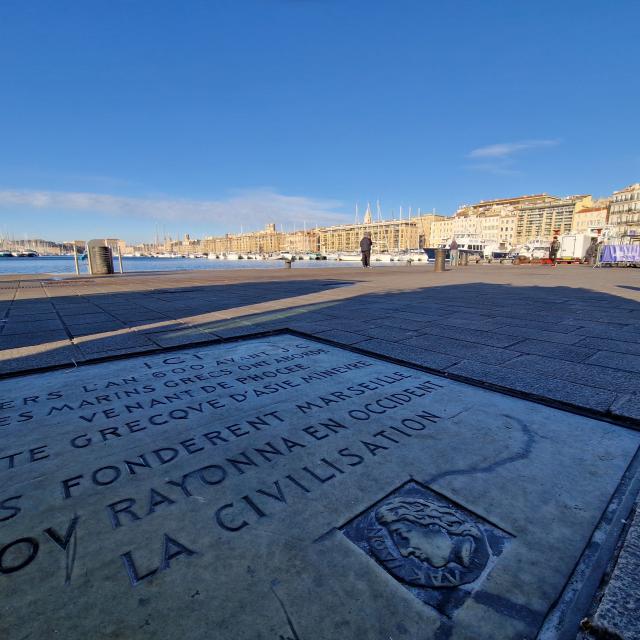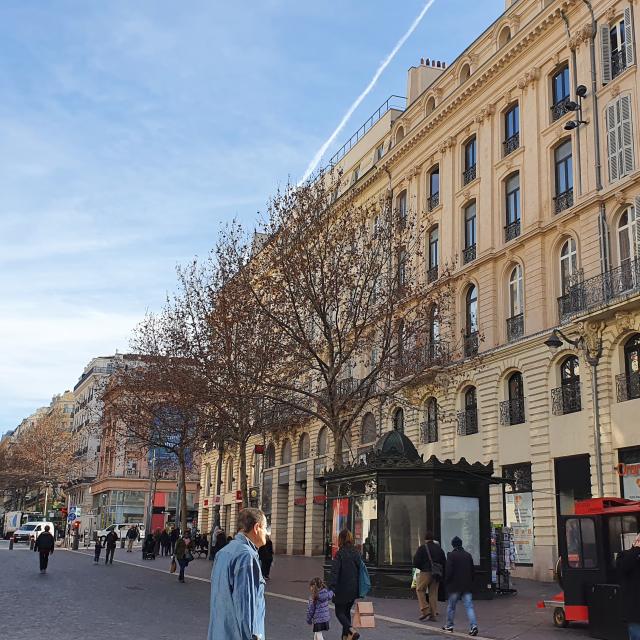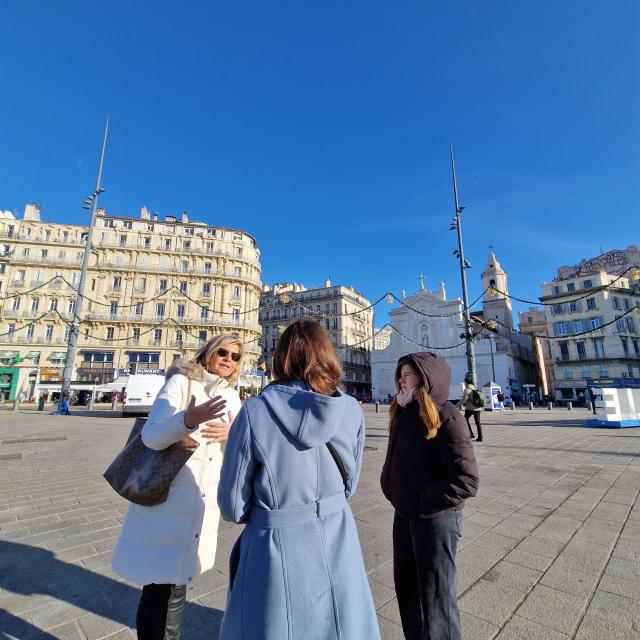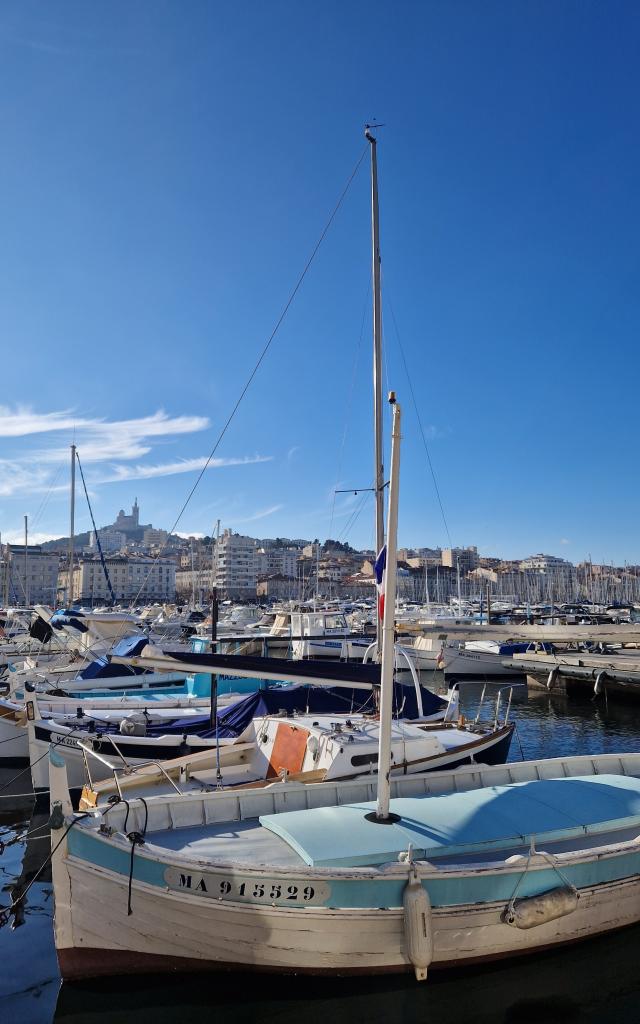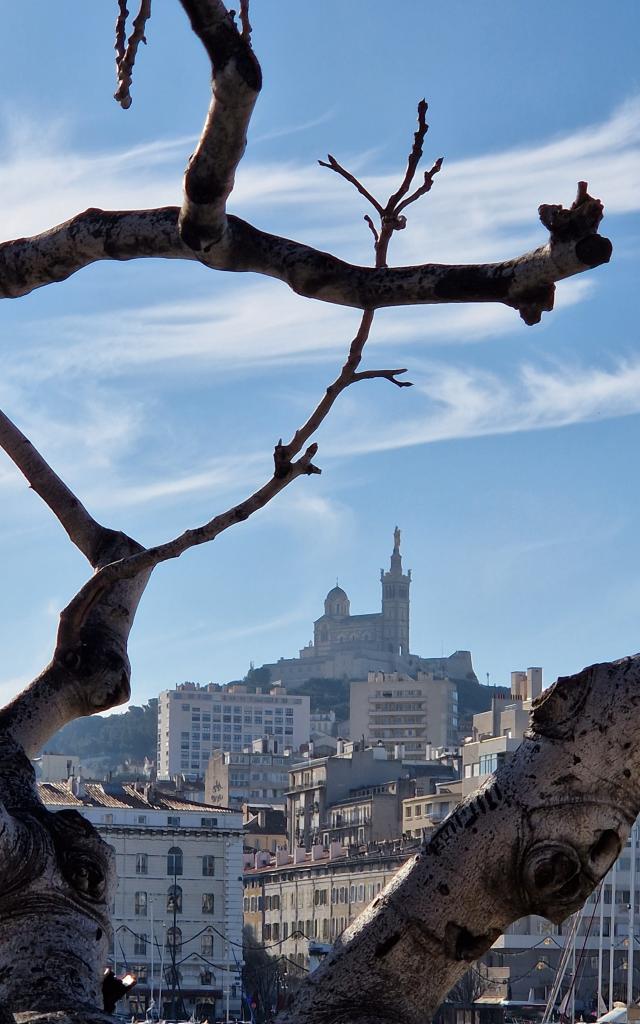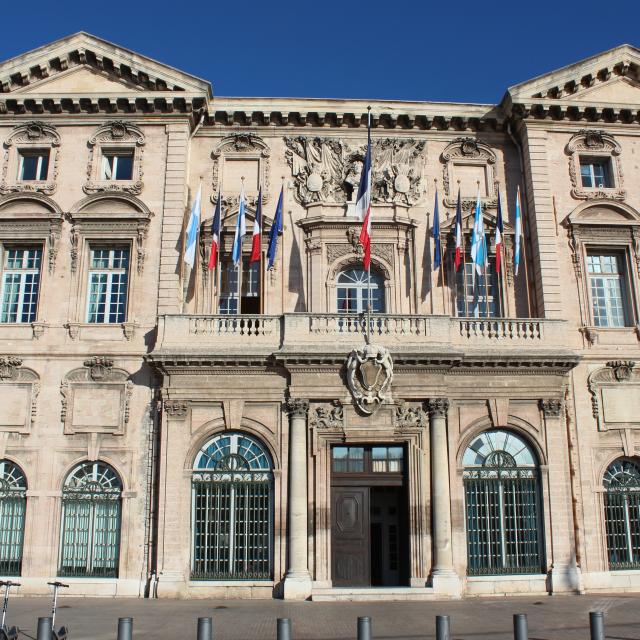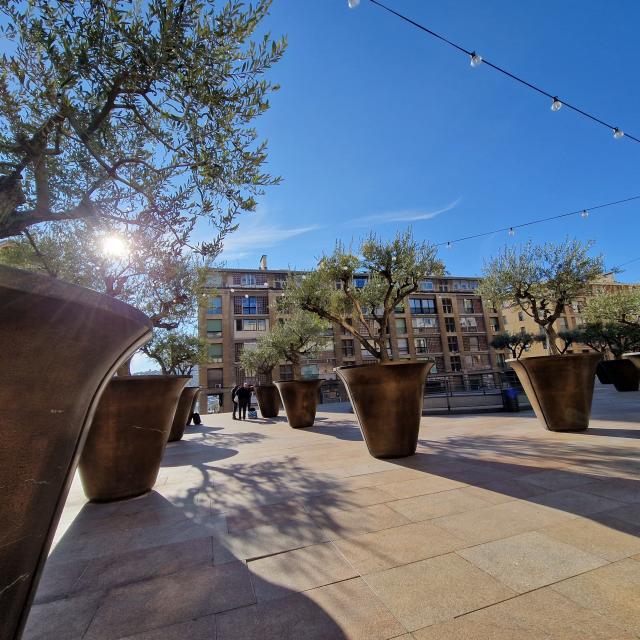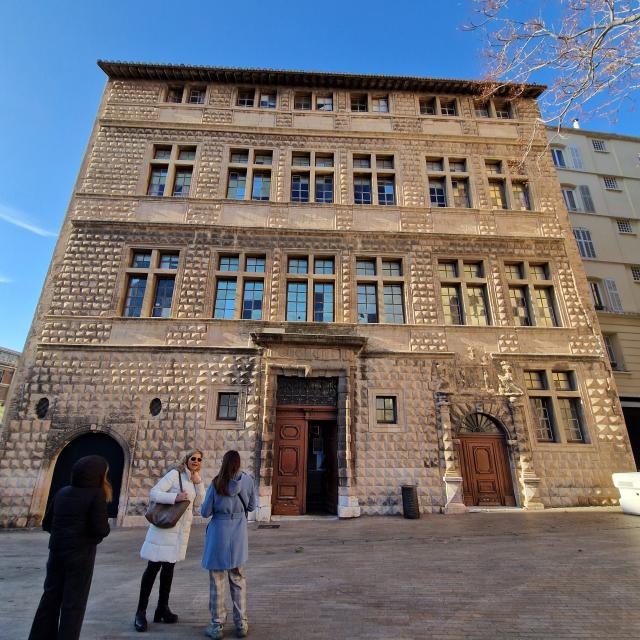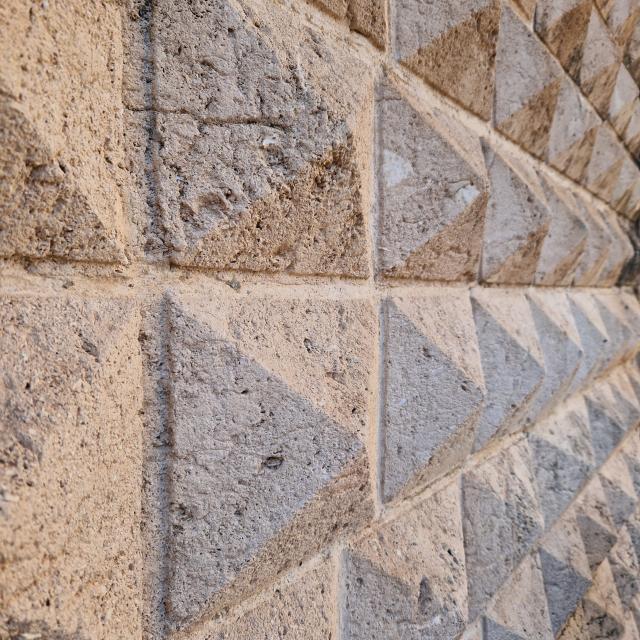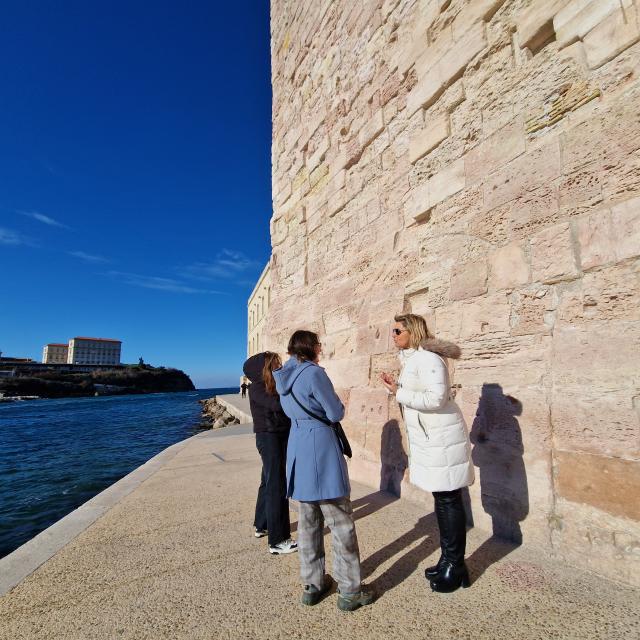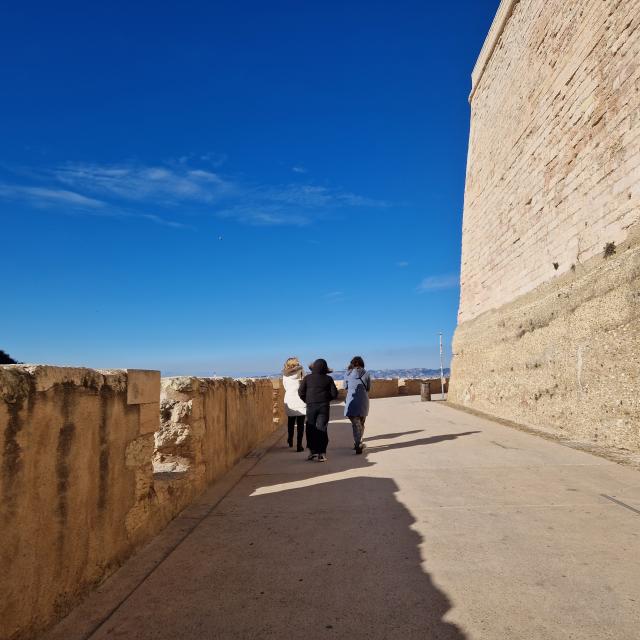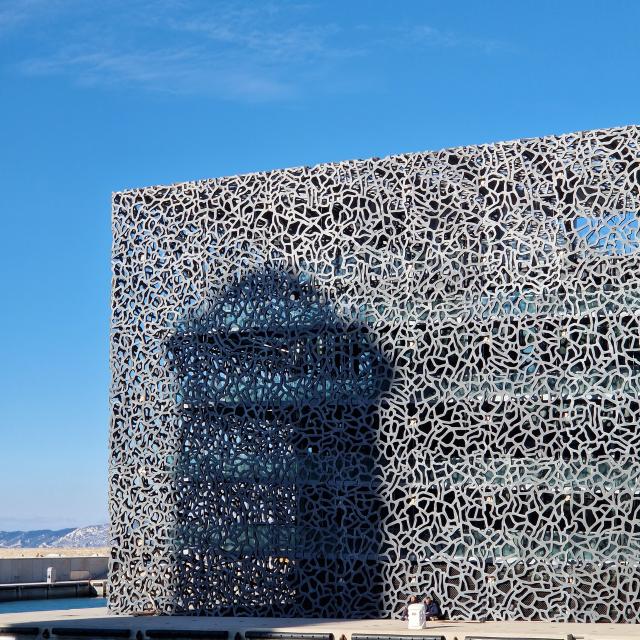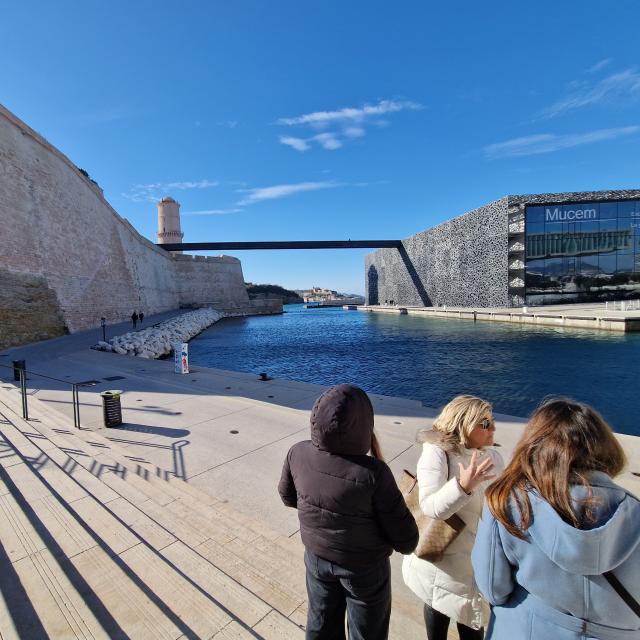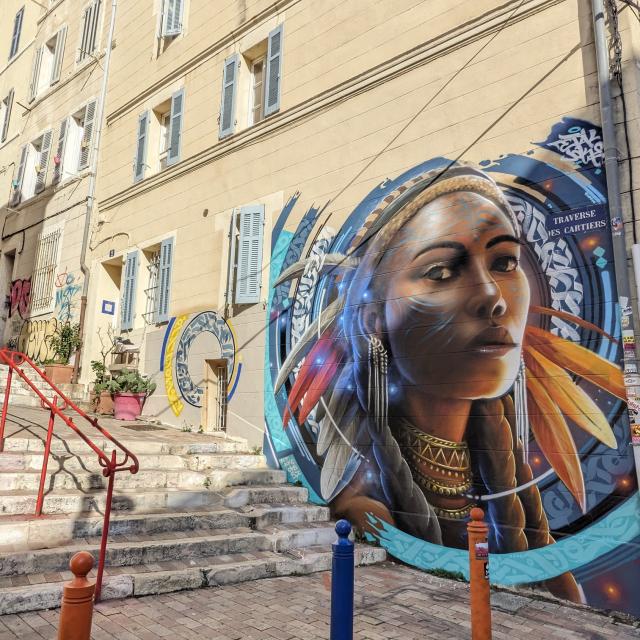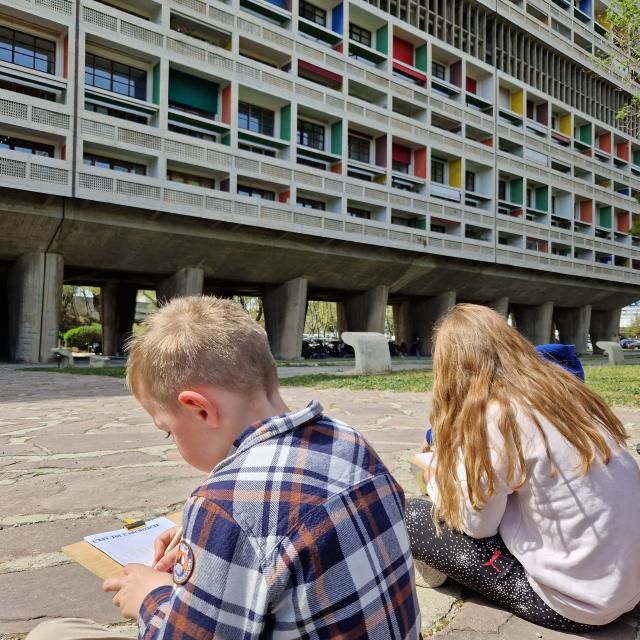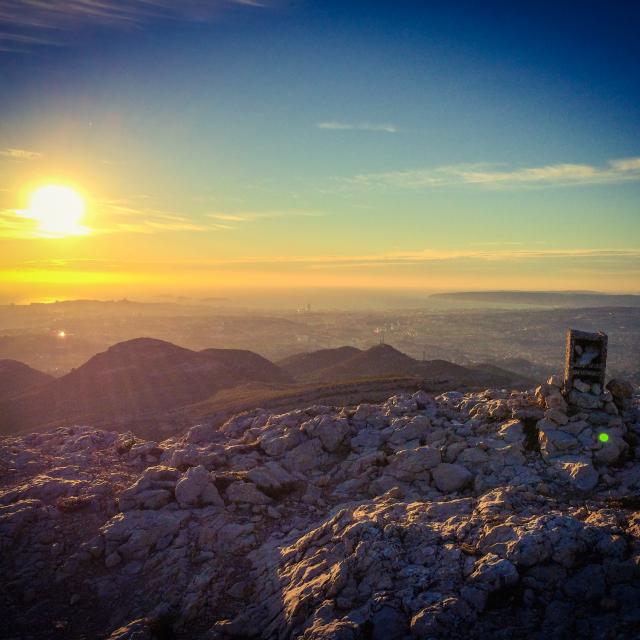Let’s get to grips with the history of Marseille!
Welcomed warmly by the guide, she begins her tour with something that piques our curiosity: l’ombrière du Vieux-Port. This metallic structure with its blue and silver reflections, designed by the British architect Norman Foster, offers a bird’s eye view of the Old Port. It is the very essence of the visit: the power of modernity built on a site steeped in adventure and legend.
This astonishing contrast quickly brings us to the very history of this symbolic Vieux-Port. In addition to its size and shape, it was here that Greek sailors landed in 600 BC. Marseille was therefore the first port of call for these inhabitants. Coming straight from Phocaea, these Greeks founded the city of Massilia and shaped its history. Although Marseille bore a strong resemblance to their original city, they quickly reorganised it over the years.
The Vieux-Port is a gateway to the Mediterranean. From here, you can see many of the city’s landmarks: La Canebière, the famous avenue known by its name where hemp was planted; Rue de la République, now known as ‘Rue de la Rep’, a very dark street long disowned by the people of Marseille; and the north bank of the Vieux-Port, where the style of the buildings differs because of its reconstruction.
As the guide tells us stories, we let our imaginations take us on a journey. In front of us, much nobler buildings, cobblestones, perhaps even the sound of horses. On the Canebière, an immense field where the scent of flowers perfumes the boats nearby. To our left, the sun-drenched north bank invites us to continue our epic journey.
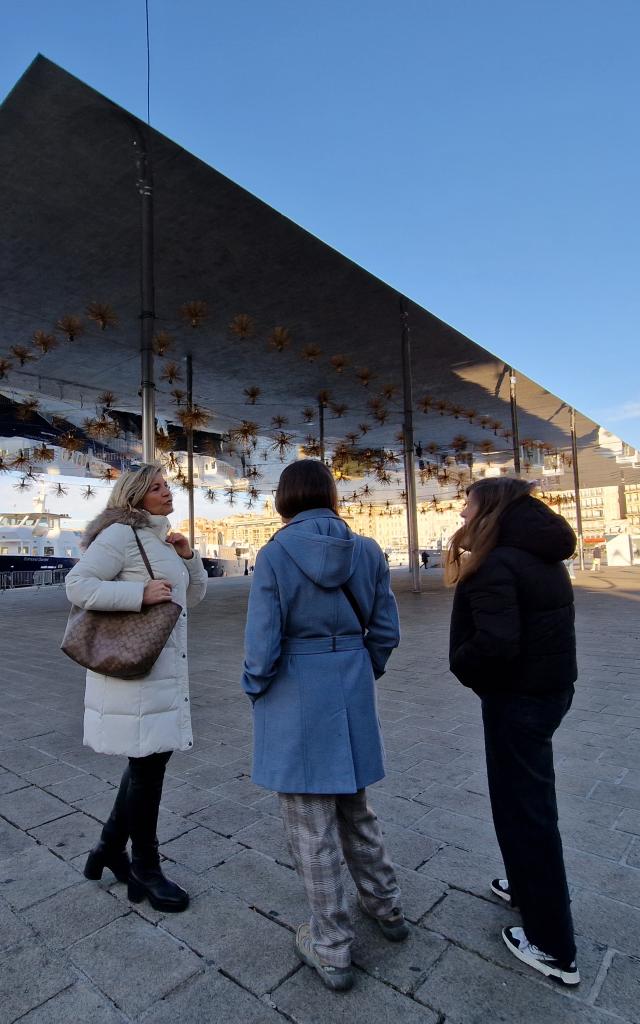 Ombriere Vieux Port Guided Tour En Route Vers Le Mucemalotlcm 4
Ombriere Vieux Port Guided Tour En Route Vers Le Mucemalotlcm 4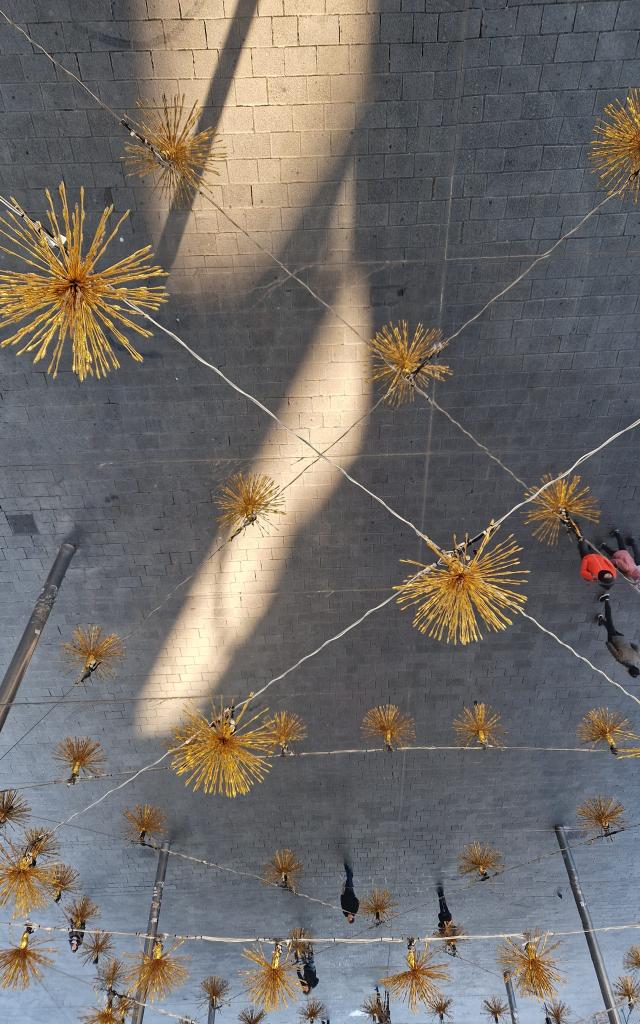 Ombriere Vieux Port Guided Tour En Route Vers Le Mucemalotlcm Rotated
Ombriere Vieux Port Guided Tour En Route Vers Le Mucemalotlcm Rotated